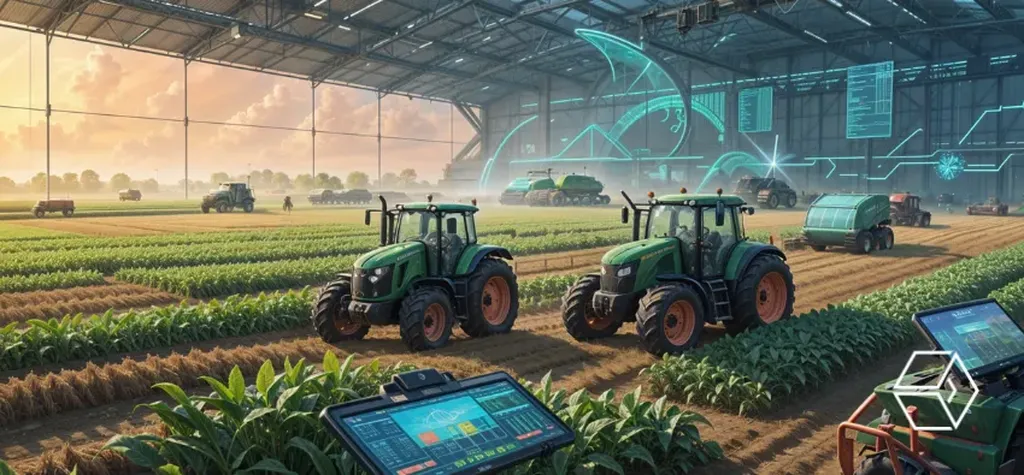Maharashtra Chief Minister Devendra Fadnavis highlighted the role of emerging technologies in transforming governance and agriculture during his address at the *HP Dream Unlocked* festival in Mumbai. Emphasising the growing influence of artificial intelligence (AI), blockchain, and digitisation, he noted how these tools are enhancing transparency, reducing inefficiencies, and creating opportunities across sectors—particularly in farming, where they can mitigate losses, lower costs, and boost profitability.
Fadnavis framed AI as a democratising force, one that transcends traditional barriers of geography, wealth, and social identity. “Technology, digitisation, and artificial intelligence have no geographical boundaries,” he said, underscoring their potential to foster literacy and equity. The state government, he revealed, is actively integrating AI into its policies, partnering with private players like HP to establish a *Digital Media Centre of Excellence* and expand access to cutting-edge tools for the general public.
Agriculture emerged as a key focus of his remarks. Citing an AI-driven model developed during the *Agri-Hackathon* in Pune, Fadnavis explained how young innovators had created a system that analyses atmospheric conditions to predict pest outbreaks—a development he called a “game-changer.” The hackathon, which drew nearly 40,000 participants nationwide, yielded 40 standout solutions, all of which the government is now exploring for potential collaboration. These initiatives, he suggested, could directly improve livelihoods while stimulating broader economic growth.
Beyond immediate applications, Fadnavis positioned Maharashtra as a hub for long-term technological advancement. Plans for an *Innovation City* in Navi Mumbai and investments in data infrastructure signal the state’s ambition to cement its leadership in AI and innovation. Such moves, if executed effectively, could attract startups, researchers, and investors, further accelerating the adoption of smart technologies in critical sectors.
The implications of this push are twofold. For farmers, AI-driven tools like predictive analytics and precision agriculture could reduce reliance on chemical inputs, optimise resource use, and improve yields—critical in a state where erratic weather and market fluctuations often destabilise incomes. For governance, digitisation and AI promise to streamline bureaucratic processes, from land records to subsidy disbursements, reducing leaks and delays that disproportionately affect smallholders.
Yet challenges remain. The success of these initiatives hinges on bridging the digital divide, ensuring that small and marginal farmers—who form the backbone of Maharashtra’s agriculture—can access and afford these technologies. The government’s partnership with private players like HP may help, but sustained investment in rural connectivity, digital literacy, and affordable tech solutions will determine whether AI’s promise translates into tangible gains on the ground.
By positioning technology as both an equaliser and an economic catalyst, Fadnavis’s vision reflects a broader shift in how states are approaching development. If Maharashtra’s experiments in AI and innovation deliver on their potential, they could offer a replicable model for other regions grappling with similar agricultural and governance challenges.

